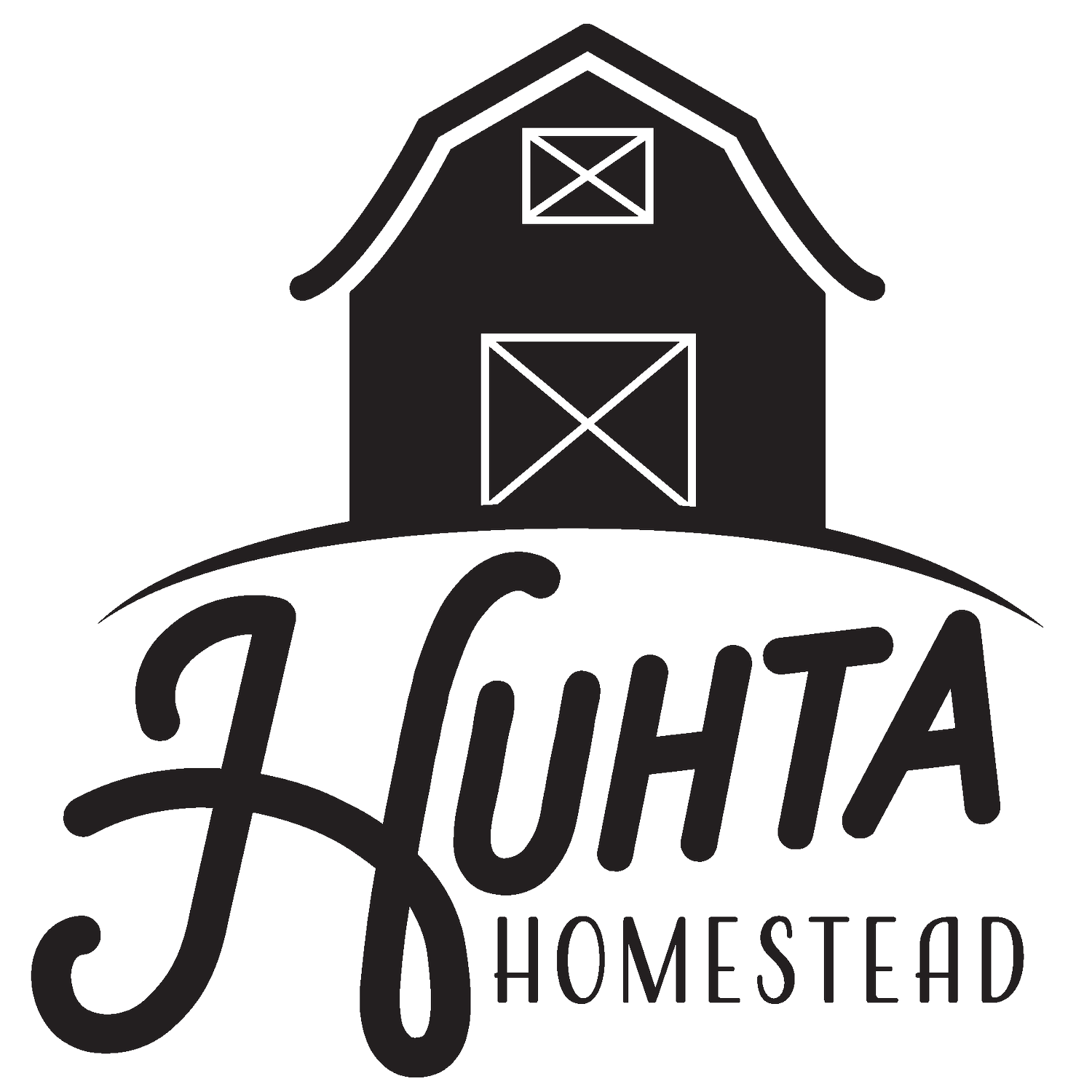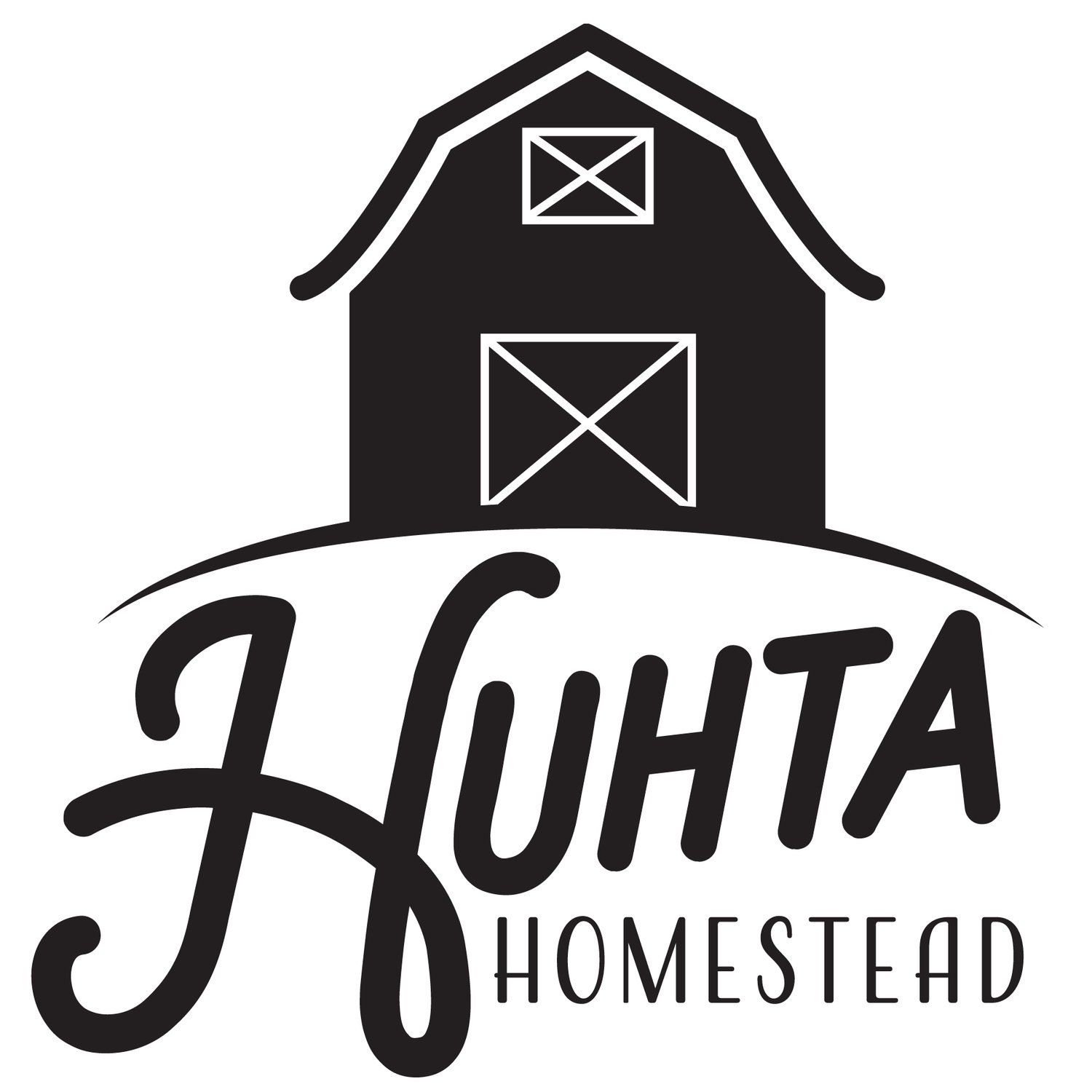Pastured Poultry - The More Nutritious Option
You want your family to eat healthy food.
So you head to the grocery store to grab a nice chicken.
And then you start looking at all the different labels.
Pasture-raised. Cage-free. Factory-farm. Free-range.
Is your head spinning yet?
Wondering what they actually mean? And if they make a difference for your family’s health?
Today we’re going to take a look at a few of these and clear up some confusion.
First of all, I’d like to state a disclaimer here.
This post isn’t to shame anyone. Or guilt anyone. Or throw around the blame game. We all buy products based on our priorities.
For some, it’s humane, nutritious meat. For others, it’s just keeping your head above water and paying the monthly bills.
I’m merely posting this because I think it’s important for us all to have an understanding of what different meat labels mean - because the marketing firms in industrial farming do a great job of making it pretty confusing for everyone.
No judgment - just information.
Factory-Farm:
This is the “traditional”, conventional way that most meat chickens in the U.S. are raised.
These chickens are in cramped, indoor conditions at all times, with clipped beaks, and are heavily-fed in order to bulk up as quickly as possible.
The reality of the situation is that the most efficient (read: cheapest) way to raise meat chickens is in a conventional, factory-farm setting.
The main input in meat chicken farming is the feed.
And if the chickens are just hanging around eating all day, they get up to butcher weight more quickly.
This costs the farmers less and turns over a profit more quickly.
Cage-Free:
According to USDA, cage-free merely means that the chickens are allowed to roam and are not living in a cage. This doesn’t mean that there is any outdoors access, just that the birds aren’t in a cage.
Pasture-Raised and Free-Range:
Per USDA standards, pasture-raised or free-range means that the chickens had continuous access to the outdoors for a “significant” portion of their lives.
This label, in my humble opinion, is the most misleading for consumers.
The issue here is that consumer expectations don’t necessarily match with a farm’s reality.
I, as a consumer, would expect to find “free-range” or “pasture-raised” chickens outside. Free-ranging. On a pasture.
Shocking, I know.
That isn’t necessarily the case.
Many large, industrial farms are technically raising “free-range” meat birds. The only difference between them and a conventional, cage-free set-up is that they have a small door open, allowing the birds to go outside if they want to. The feed and water are located inside, so the birds have little to no incentive to head outdoors.
Similarly, a farm can claim to be “pasture-raised” and keep their chickens outdoors. But if the birds are staying in the same place, day after day, week after week, it’s a pretty rough environment and offers no discernible advantage.
So…where does that leave you, the consumer?
Stuck in the grocery aisle, paralyzed in uncertainty.
Still unsure how to best nourish your family.
Or…
You could find your local farmer. Get to know them. Ask questions. Go take a farm tour. Read my blog. ;)
How We Raise Our Birds
Our meat chickens are pasture-raised. For us, that means having our birds outside as much as humanely possible.
We raise our birds from day-old chicks, and so, we do have a period of time, while they’re itty-bitty, that they are indoors.
We raise them for about two weeks in a heated brooder. This allows them the time to start growing their “grown-up” feathers, which protect them from whatever the wilds of Wisconsin’s weather will throw their way.
Once they are feathered out, we move the birds to our outdoor chicken tractors, where they’ll live out the rest of their days.
These tractors allow our birds to forage in our pasture, scratching their way through our fields, eating up all the seeds and bugs that they can find.
We also supplement this foraging with certified-organic broiler feed. This feed is rationed out, and we feed calculated amounts twice per day. This means that instead of “finishing out” in six to eight weeks like a conventional factory-farm bird, our birds are ready to butcher between ten to eleven weeks of age. This slower growth rate significantly decreases health risks for our birds.
Additionally, we move our chicken tractors one to two times per day, giving the birds fresh pasture with every move. This ensure that they aren’t standing in their own waste and that they have fresh forage every day.
Why should you care about all this?
Aside from the humanity of it, pastured poultry has been shown to have better nutritional value than its conventionally-raised counterpart.
Nutritional Value
Pasture-raised meat chicken has several nutritional advantages over conventionally-raised chicken.
Less Saturated Fats
Saturated fats are the ones we’re supposed to limit due to heart disease risk.
More Polyunsaturated Fats - 1.9x higher
These are the fats that we should aim to eat more of because they help improve cholesterol levels and ease inflammation. Additionally, studies show that heart disease risk can be reduced by replacing saturated fats with unsaturated fats.
Omega-3 Fatty Acid- 2.3x higher
This is a certain type of polyunsatured fat and is known for improving heart rate, blood vessel health, and blood pressure.
More Protein - 6% higher
Protein repairs your body’s tissues (muscles, ligaments, etc.) and helps keep your immune system strong.
More Vitamin E - 1.3x higher
In addition to improving immunity and preventing blood clots, this is an important antioxidant, protecting cells from free radical damage.
Your Take-Away
There you have it. The way that meat birds are raised really does have an impact on the health and nutrition that they provide your family with. At the end of the day, pasture-raised chickens provide more nutrition calorie-for-calorie than your grocery-store bird can offer.
Sources
https://www.hsph.harvard.edu/nutritionsource/what-should-you-eat/fats-and-cholesterol/types-of-fat/
https://www.hsph.harvard.edu/nutritionsource/what-should-you-eat/fats-and-cholesterol/types-of-fat/omega-3-fats/
https://www.hsph.harvard.edu/nutritionsource/vitamin-e/
FACT website
https://www.sciencedirect.com/journal/poultry-science

